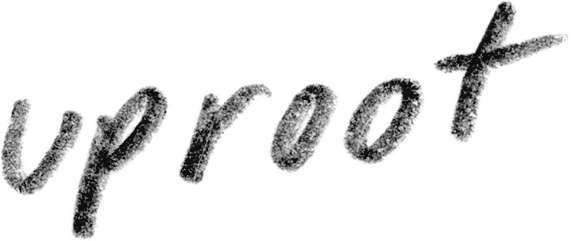
There’s been some chatter recently about Uproot Wines and its newly introduced color-coded labels that represent the wine’s flavor palette. See, e.g., Millennials Targeted with Color-Coded Labels. The colored boxes on the true front label of the wine feature what Uproot Wines declares is a flavor palette, or a profile of what the wine in the bottle tastes like. The size of the boxes indicates how dominant a certain note is. For example, its 2011 Cabernet Sauvignon features a label with colored boxes in shades of raspberry, mustard yellow, burgundy, grape, and brown. The Cab’s flavor profile is said to correspond with these colors and consist of notes of raspberry, Cuban cigar, cherry, blackberry, and dark chocolate (with raspberry and blackberry appearing as the largest colored boxes and, hence, the most predominant notes). While the labels are unique, I’ll leave it to the marketers of the world to talk about the branding and design elements. Instead, I want to look at the labels from a legal perspective under 27 CFR Part 4, the relevant section of the Code of Federal Regulations on wine labeling and advertising. See generally 27 CFR Part 4 (outlining provisions of wine labeling and advertising regulations).

